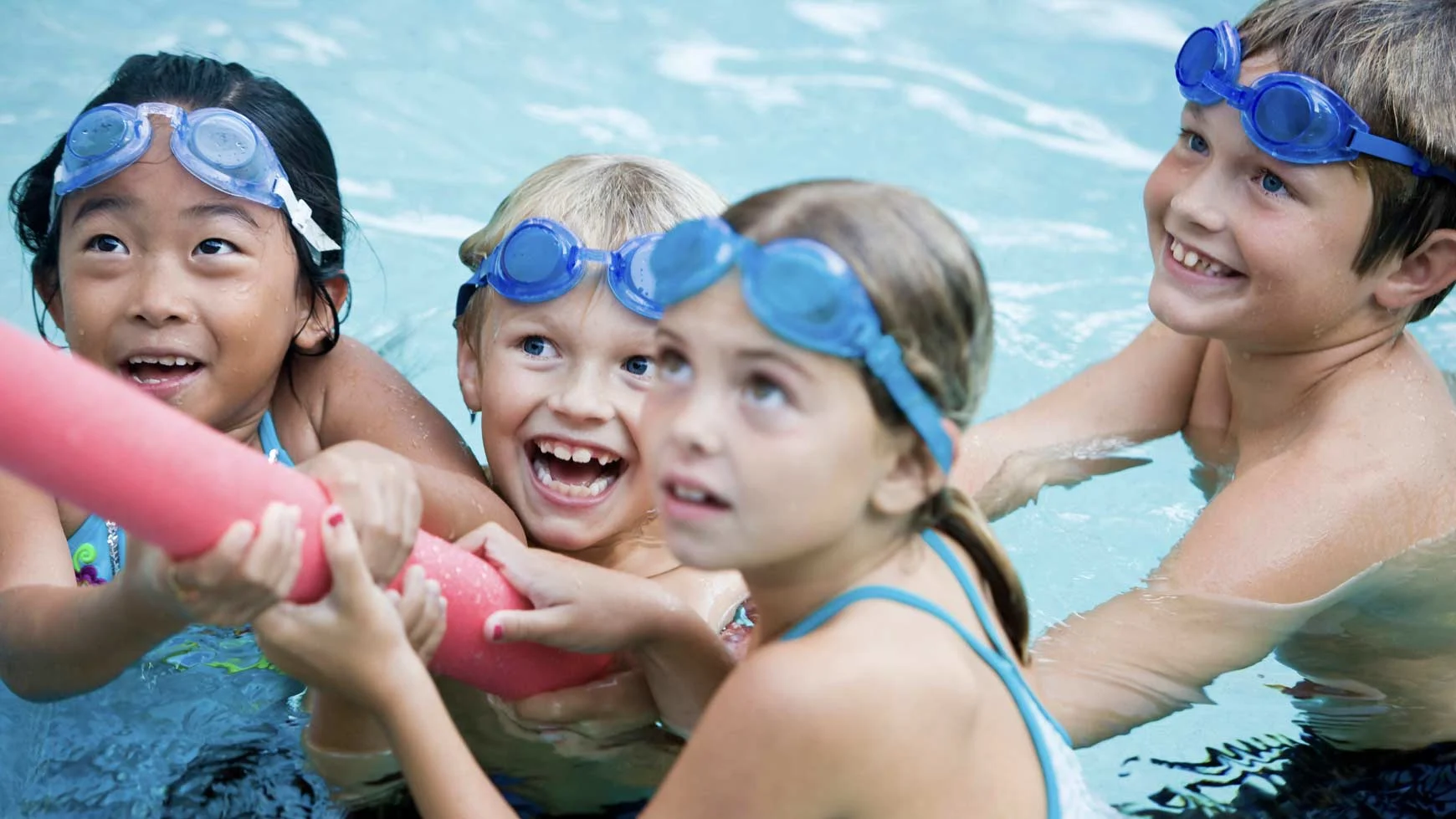5 ways to help your grade-schooler gain self-awareness

At a glance
Children who are self-aware understand their abilities, interests, and needs.
Self-awareness is a skill that can be learned over time.
It’s good for kids in grade school to start understanding their strengths and weaknesses.
Self-awareness is an important skill for kids with learning and thinking differences. Children who are self-aware are familiar with their strengths and weaknesses. This means they know what they’re good at — and what they need to improve at to be successful.
For example, a child with who’s self-aware might acknowledge that he needs extra time to study during the week when there’s a spelling test on Friday.
Developing self-awareness in grade school can set kids up for success in middle school. It can also help them learn to advocate for their needs when they’re older. Here are a few ways you can help your grade-schooler gain self-awareness.
1. Acknowledge the challenges.
Grade-schoolers may not yet fully understand their learning and thinking differences. That’s OK. But it’s important for your child to begin to acknowledge personal strengths and weaknesses. (“I’m good at other things, but reading and spelling can be hard for me.”)
Have a conversation about what’s hard for your child — and what comes more easily. Work together on coming up with learning strategies to build on strengths. Here are some ideas to get you started.
2. Look at the big picture.
Even though it’s important to acknowledge your child’s learning and thinking differences, it’s also good to keep them in perspective. Kids who always hear about their dyslexia, for example, may start to feel like the things they’re good at don’t matter.
Remind kids that their learning and thinking differences are just a small part of who they are. Help your grade-schooler identify and celebrate personal strengths.
3. Don’t let weakness be a taboo topic.
While you don’t want to talk about challenges all the time, don’t let them become a topic that everyone avoids, either. You can use members of your family as examples for your child: “Dad is great at fixing things that break but not so great at making dinner.” You can also use family pets as funny examples: “The dog does great with you, but he’s not very good with the neighbor’s cat!”
4. Nurture your child’s passions.
Remind kids what they’re good at. Let them know about compliments others give them when they’re not around: “Your art teacher said she’s really impressed by your creativity. Is art really fun for you? Would you like to go to an art museum or take more art classes?” Hearing how others value them can help them become more aware of their strengths.
5. Let your child try new things.
Kids with learning and thinking differences may not want to try new things because of fear of failing. But trying a variety of activities can help your child gain awareness of what he’s capable of.
Reassure kids that they don’t have to like or be good at everything. It’s more important for them to discover and recognize new interests. Consider extracurricular activities. Extracurricular activities can also help your child build self-esteem.
Learn more about self-awareness, a key factor of emotional intelligence. You can also learn more about talking to your child about strengths and weaknesses.
Key takeaways
It’s good for kids with learning and thinking differences to be aware of their challenges — but not focused on them all the time.
Talking about strengths and challenges can help kids gain self-awareness.
Getting kids involved in something they like and are good at can raise self-awareness and confidence.

